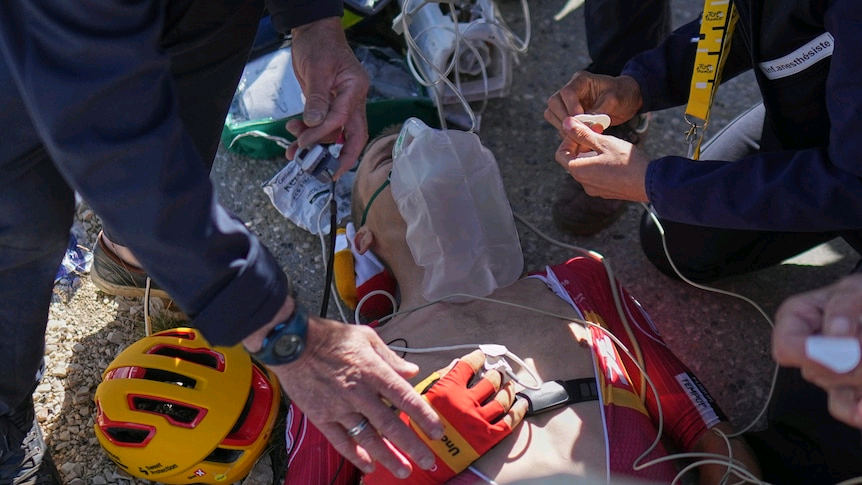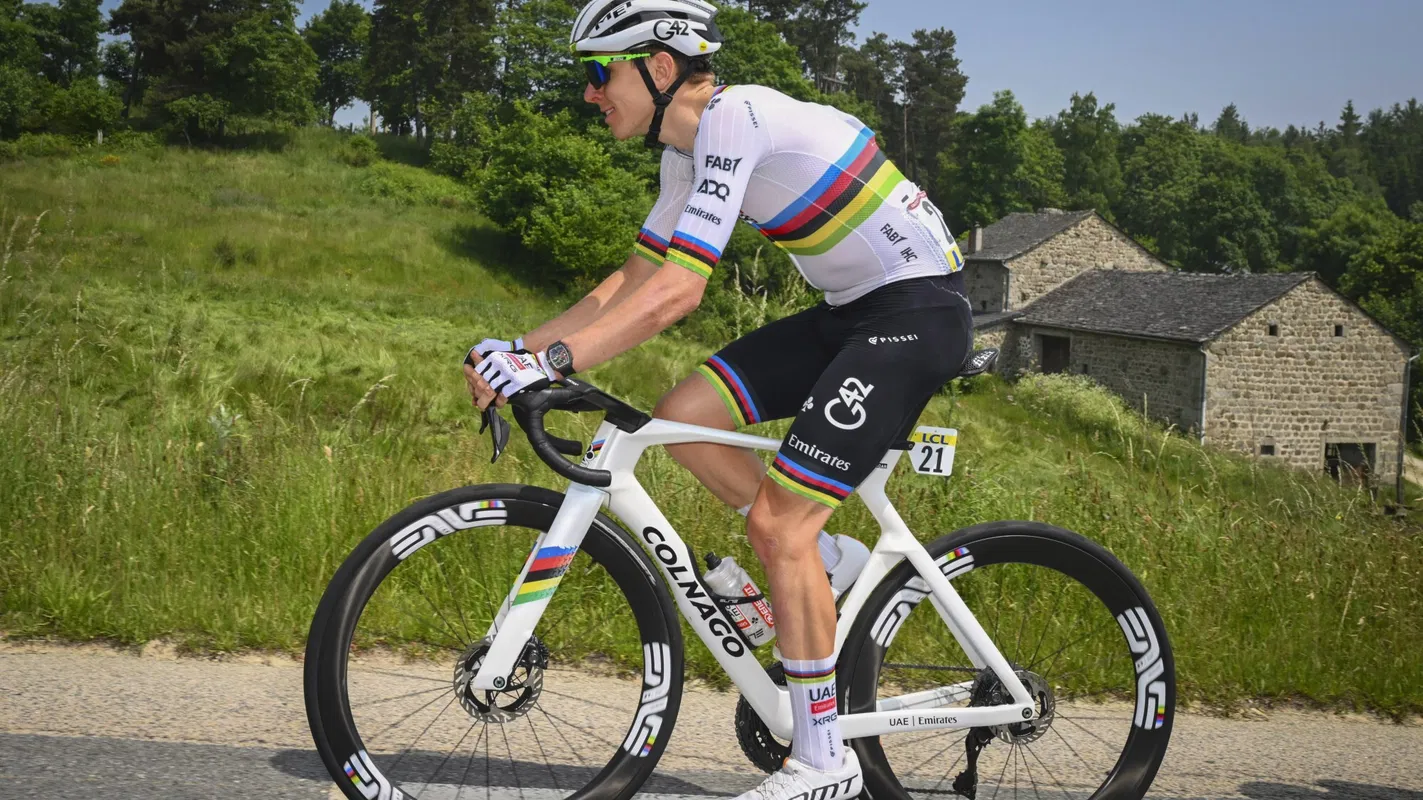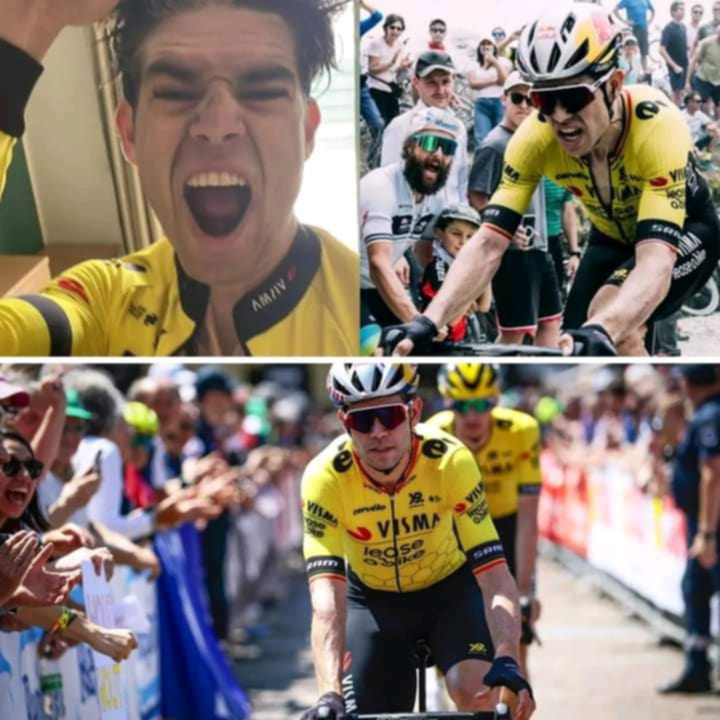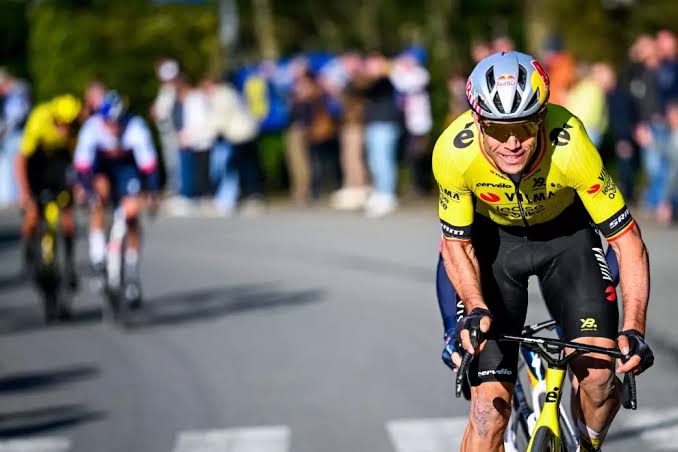*Tobias Johannessen Collapses After Tour de France Stage 16: A Harrowing Incident amidst the Grandeur of the Race**
The 2025 Tour de France has once again captivated cycling fans worldwide with its unpredictable twists, heroic performances, and dramatic moments. However, the race was temporarily overshadowed by a concerning incident involving Norwegian cyclist Tobias Johannessen, who collapsed after Stage 16. Concurrently, the mountain summit of Mont Ventoux witnessed a stunning victory by French climber Valentin Paret-Peintre, adding to the race’s narrative tapestry. This article delves into the details of these events, exploring the context, the race dynamics, and the implications for the spot
**Stage 16 Recap: The Mountain Challenge and the Incident**
Stage 16 of the Tour de France 2025 was a grueling mountain assault, featuring multiple categorized climbs culminating in the ascent of Mont Ventoux, known as the “Giant of Provence.” Riders faced over 200 kilometers of relentless elevation, testing their endurance, strategy, and resilience.
*The Race Dynamics
As the peloton approached the final climbs, a select group of climbers and rouleurs engaged in a fierce battle for the stage victory and crucial GC (General Classification) time gaps. The ascent of Mont Ventoux, with its iconic barren summit and notorious wind conditions, often produces dramatic shifts in the standings.
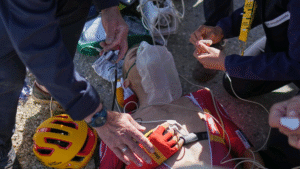
Among the riders was Norwegian climber Tobias Johannessen, a promising talent known for his aggressive riding style and climbing prowess. As the race intensified on the steep slopes, Johannessen appeared to struggle, visibly slowing down and displaying signs of distress.
Soon after crossing a particularly technical section, Johannessen suddenly lost his balance and collapsed on the roadside, prompting immediate medical attention. Witnesses described the scene as alarming, with Johannessen lying motionless for several moments before paramedics arrived.
The race organizers swiftly deployed medical teams, who provided first aid on the spot. Johannessen was stabilized and transported to a nearby hospital for further evaluation. Preliminary reports indicated that he suffered a severe dehydration and heat exhaustion episode, compounded by possible electrolyte imbalance, given the intense conditions of the stage.
Johannessen’s collapse raised concerns about rider health and safety, especially considering the extreme demands of high-altitude mountain stages. The cycling community expressed support and solidarity, emphasizing the importance of rider well-being and the need for adequate hydration, nutrition, and medical support during such demanding races.
Meanwhile, the race on the mountain was not solely overshadowed by tragedy. French rider Valentin Paret-Peintre, a young talent from AG2R Citroën Team, seized the moment to deliver a remarkable performance. His attack on the steep slopes of Mont Ventoux was a testament to his climbing ability, tactical intelligence, and burgeoning leadership.
As the gradient intensified, Paret-Peintre launched a daring attack from the lower slopes, shedding rivals one by one. His relentless tempo and strategic positioning allowed him to establish a significant lead before reaching the summit.
The final kilometers saw Paret-Peintre crest the mountain alone, with a commanding lead over chasers. His effort culminated in a historic victory — the first French rider to win on Mont Ventoux in the Tour de France since the legendary Bernard Hinault in 1985.
Paret-Peintre’s triumph was celebrated across France and the cycling world. It showcased the talents of a rider often considered an all-rounder with a bright future ahead. His victory also injected renewed excitement into the race, inspiring his team and fans alike.
In interviews, Paret-Peintre dedicated his win to his team and supporters. He acknowledged the difficulty of the climb and the emotional significance of conquering Mont Ventoux, which has long been a symbol of French cycling legend.
The incident involving Tobias Johannessen has reignited discussions about rider health, safety protocols, and medical support during the Tour. Experts and team directors emphasized the importance of monitoring rider fatigue, hydration, and acclimatization, especially during extreme mountain stages.
While the tragedy cast a shadow, the race’s competitive spirit persisted. Paret-Peintre’s victory exemplified resilience, determination, and the unpredictable nature of the Tour. It also highlighted the importance of young talent emerging on the sport’s biggest stage.
As the race progresses toward its final stages, teams and riders are more conscious of the physical and mental demands placed on them. The organizers may review safety measures to prevent incidents like Johannessen’s collapse and ensure the well-being of all participants
The 2025 Tour de France has once again demonstrated the dichotomy of the sport: moments of awe-inspiring achievement juxtaposed with unforeseen tragedies. Tobias Johannessen’s collapse after Stage 16 serves as a sobering reminder of the physical toll of professional cycling, while Valentin Paret-Peintre’s ascent to victory on Mont Ventoux exemplifies the relentless pursuit of excellence. As the race continues, fans and stakeholders hope for a safe and thrilling conclusion, honoring the spirit of competition and the resilience of the human body.
